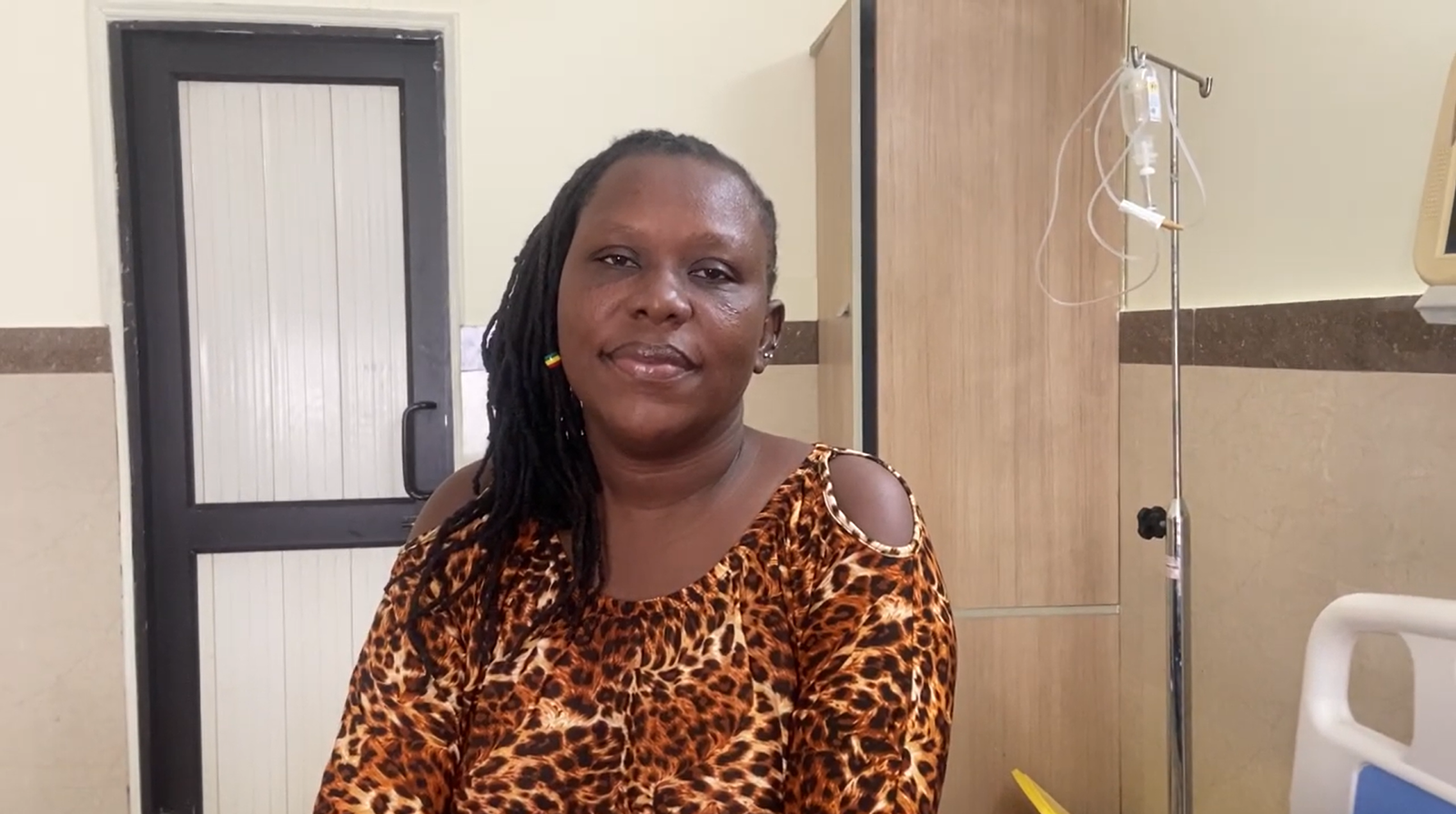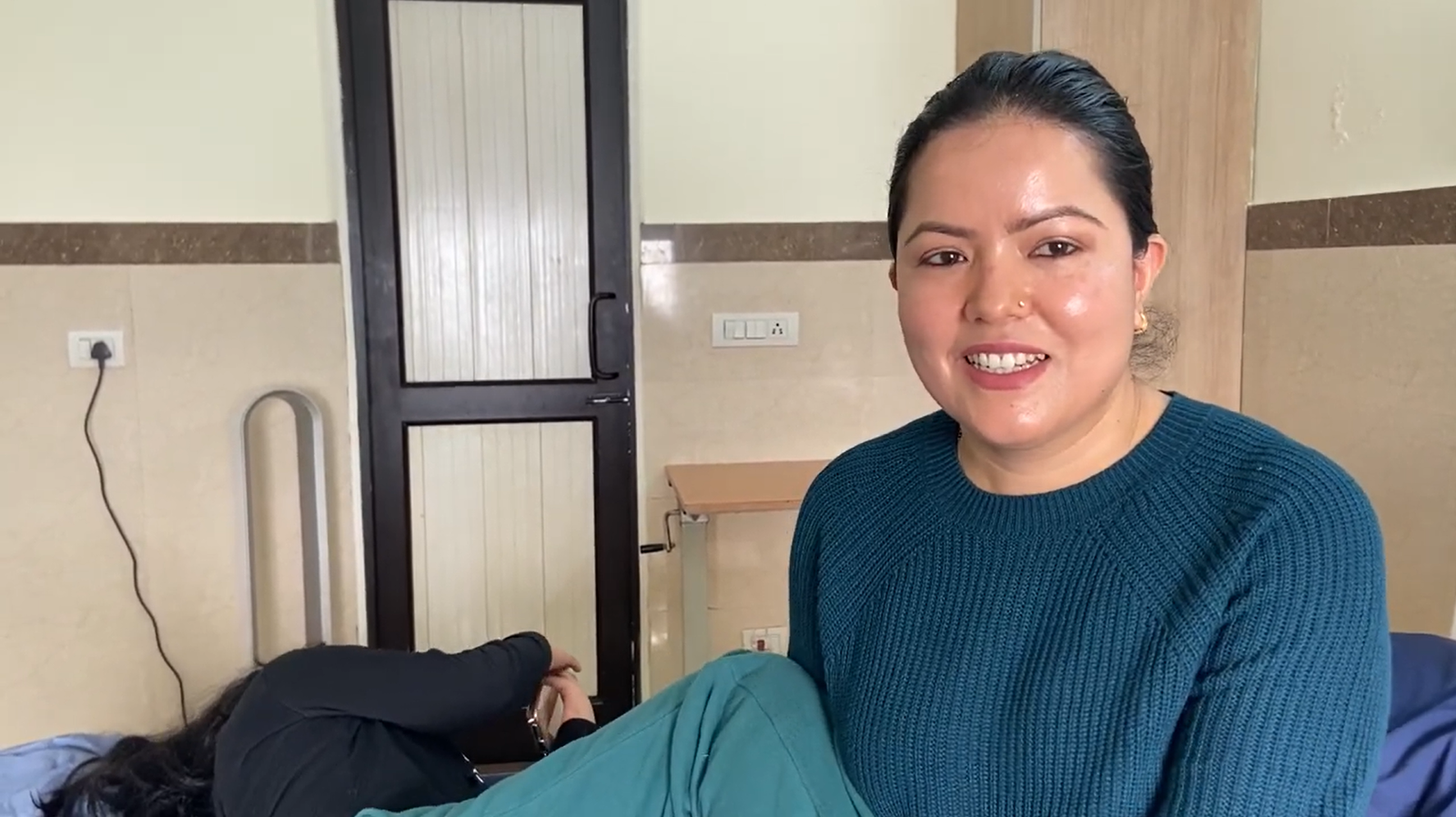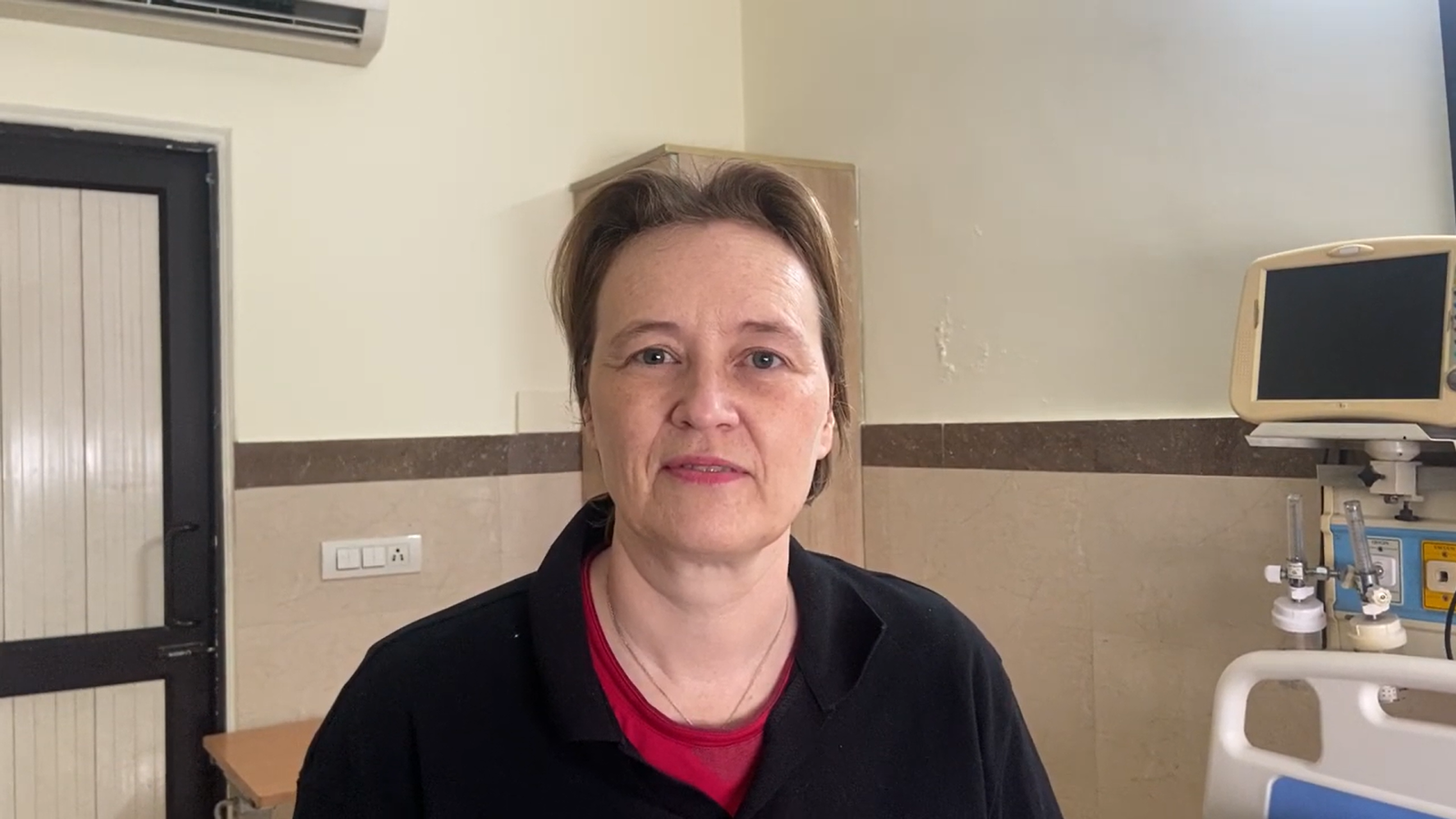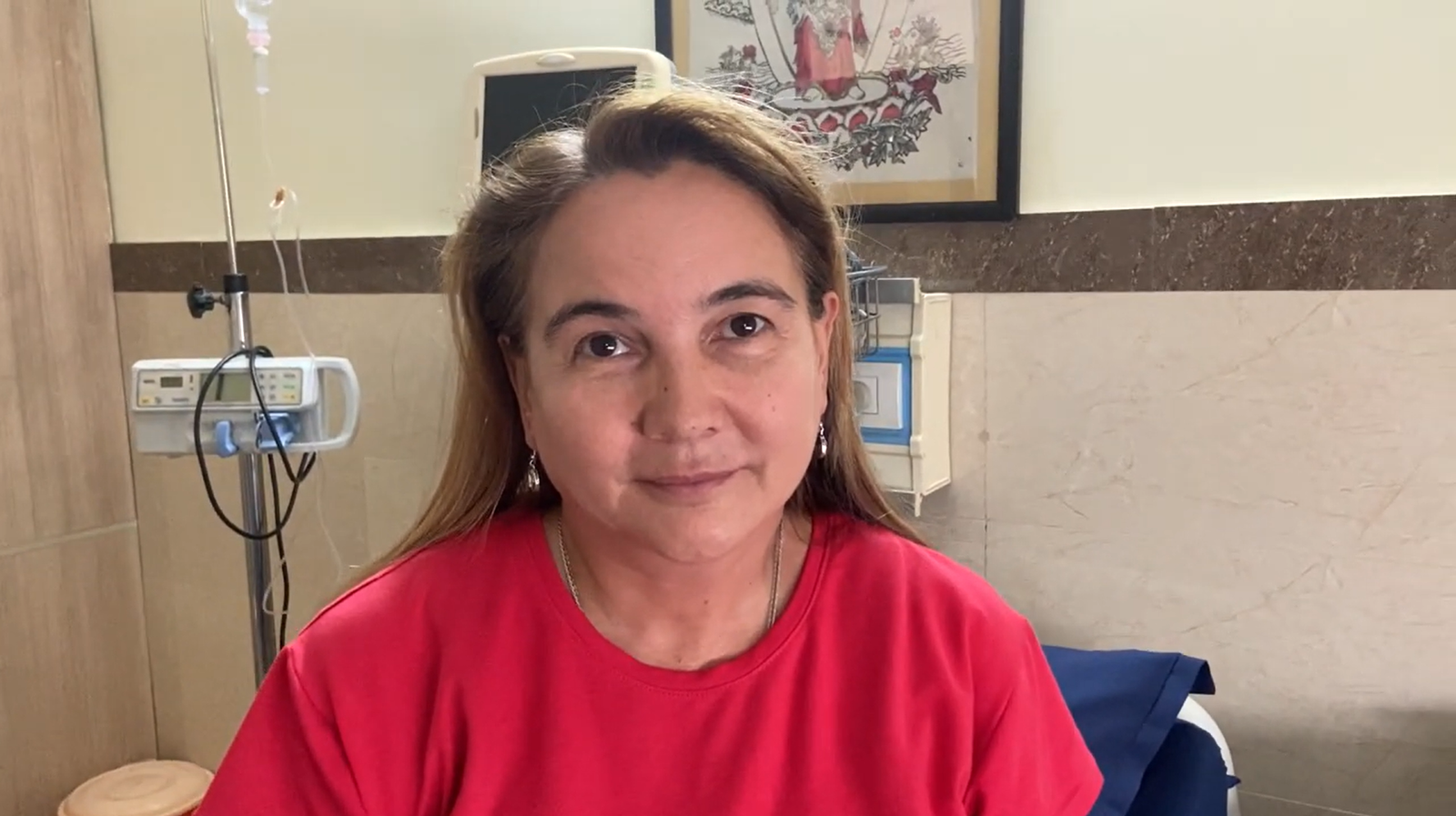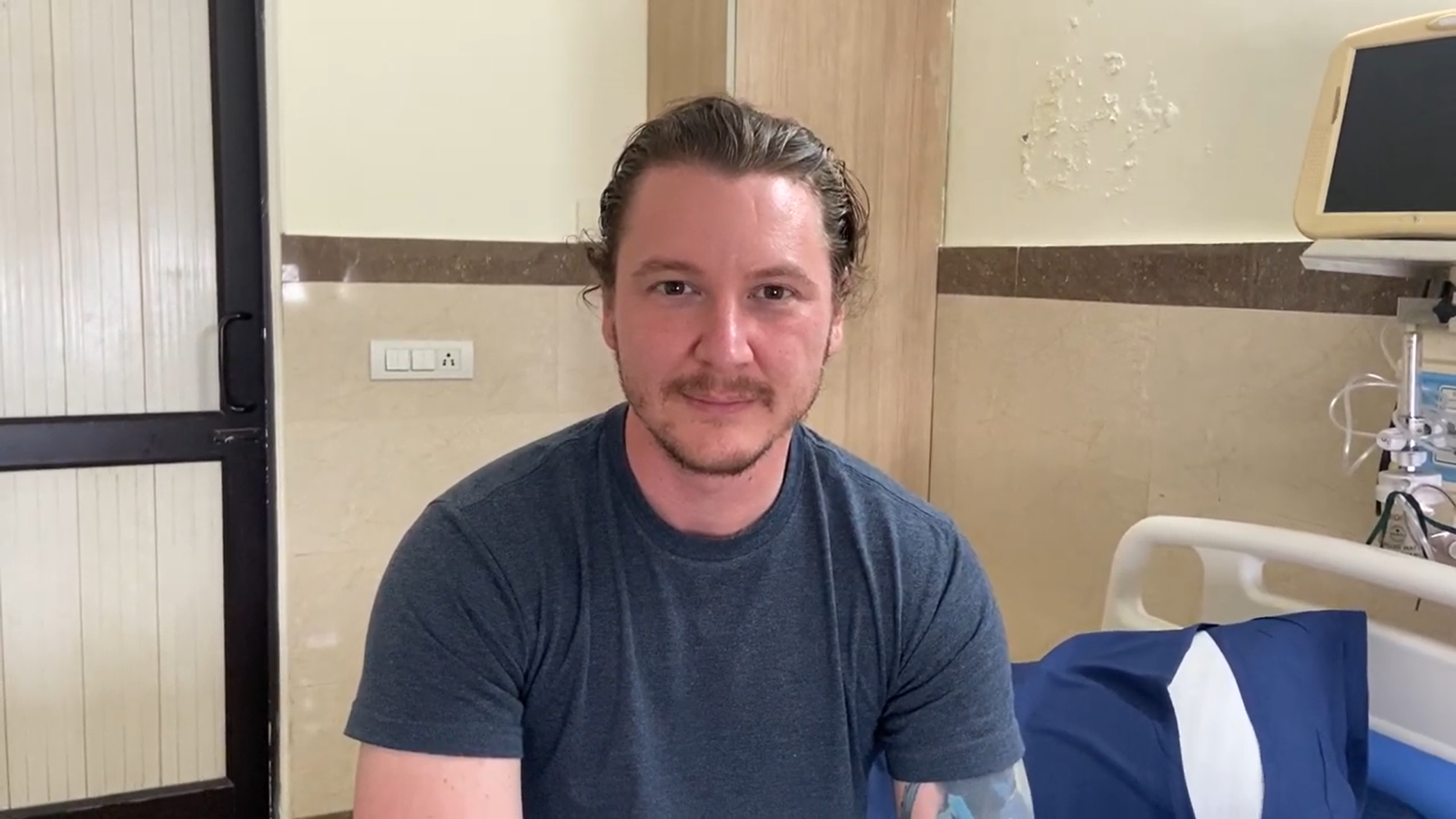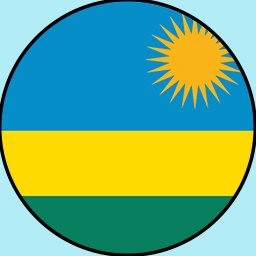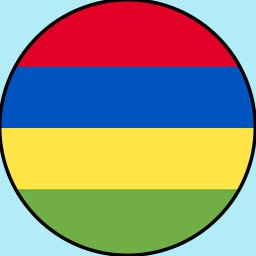Exosome Therapy for Avascular Necrosis

New hope for the treatment of avascular necrosis is exosome therapy. Indeed, exosome treatment has emerged as an optimistic and hopeful one for individuals diagnosed with this painful condition. Avascular necrosis is described as a medical condition in which there is a reduction of blood flow to a bone, which results in damage to the same bone and attendant pain.
In some cases, treatments may not completely manage the symptoms. A team of researchers is now studying how exosomes can be used for such interventions. Exosomes are very small particles released by cells. They can be key carriers of signals. They have been a promising entity for usefulness in the healing and regeneration of damaged tissues. In this blog, we shall describe how exosome therapy works and helps those suffering from avascular necrosis.
Symptoms of Avascular Necrosis
Avascular necrosis (AVN) is a condition where the blood supply to a part of the bone is cut off. This results in the death of the bone tissue due to lack of blood flow. Consequently, the bone becomes weakened and collapses. AVN can occur in any bone, but it most commonly occurs in relation to the hip joint. The symptoms are determined by the stage and location of bone involvement. Early identification and intervention are applied in order to prevent further deterioration and maintain joint function as much as possible. Among the signs and symptoms of Avascular Necrosis below are the following:
- Pain in the Affected Joint: The most common symptom is one of pain in the joint, which may often be coming on gradually, but increases over time. There may be a dull ache, sharp pain, etc, particularly with activities involving weight-bearing.
- Limited Range of Motion: You are going to experience a limitation in the motion at the affected joint. That is likely going to make it hard for you to perform most of the tasks around and everyday, like walking, climbing the stairs, or bending.
- Swelling and Tenderness: The swelling of the involved joint is likely to be tender to touch. You are likely to experience warmth around that area, indicating inflammation.
- Pain in Nearby Areas: It can also refer to pain in the groin, thigh, or buttock. It is sometimes hard to localize the area of the problem.
- Intermittent Symptoms: Symptoms may be intermittent and typically are most severe when lifting weight.
- Progressive Joint Damage: You may be severely suffering with pain even when at rest, and the joint can become more deformed and unstable.
Detecting the signs early can lead to visiting a doctor earlier, where proper medical treatment can possibly be given for proper treatment. In this case, patients need to see a health provider in order to get the proper diagnosis as well as management of the condition.
How Exosome Therapy Works To Treat Avascular Necrosis?
Traditional treatment involves symptomatic relief with analgesics and surgical intervention. It is not beneficial in all cases. There is a new treatment in town called exosome therapy in AVN. Exosomes are small extracellular particles released from cells. They may carry proteins, lipids, and genetic material. They help mediate cell to cell communication which help in healing and regeneration. In exosome therapy, the healing substances are delivered directly to the disease site, thereby encouraging tissue repair and regeneration. Here is how it works on Avascular Necrosis:
- Cell Communication: The exosomes bear signals that enhance cell to cell communication. This is the aspect that enables healing so that damaged cells can receive help to repair themselves once they have a form of communication about their distress.
- Anti-inflammatory Effects: Exosomes cause a reduction in inflammation at the site of injury. This is to reduce pain and swelling to increase the mobility of the patients and enhance the ability of patients to perform physical therapy exercises .
- Induction of Blood Vascularization: Exosome treatment induces vascularization which is the formation of new blood vessels. Increased blood flow ascertains an increased supply of oxygen and nutrients to the affected bone for healing purposes.
- Activation of Stem Cells: Exosomes can activate stem cells within the body to contribute to tissue regeneration. Once activated by exosomes, such stem cells will help repair the damaged bone and the tissue around it.
- Negation of Cell Death: Exosomes are supposed to save cells from death through asphyxia. It protects the remaining healthy bones by minimizing further cell death.
- Personalized treatment: The exosome therapy can be given based on individual needs, and this makes it highly flexible when it comes to the treatment of avascular necrosis. This brings out individual optimization of the treatment.
Success Rate of Exosome Therapy for Avascular Necrosis
Exosome therapy is a new treatment for avascular necrosis, a condition where bone tissue dies due to a lack of blood supply. The success rate of this therapy is promising. Many studies show that exosomes can help repair damaged tissues and improve healing. Patients often report less pain and better mobility after treatment.
While results can vary, some research indicates that around 70-80% of patients experience significant improvements. However, more studies are needed to understand the long-term effects and best ways to use exosome therapy for avascular necrosis. Overall, it offers hope for many suffering from this condition.





